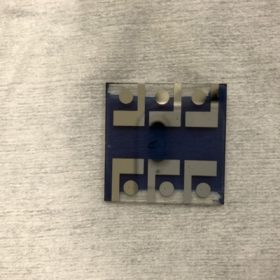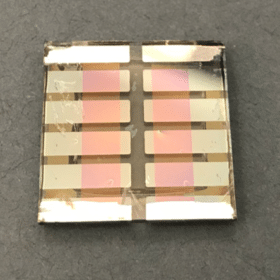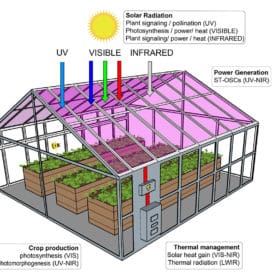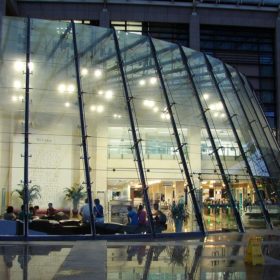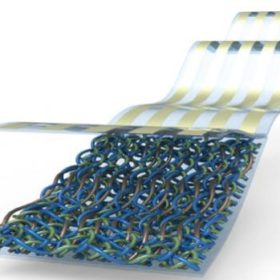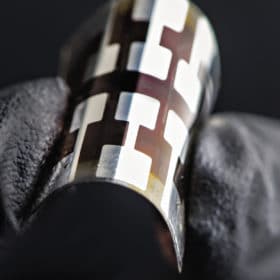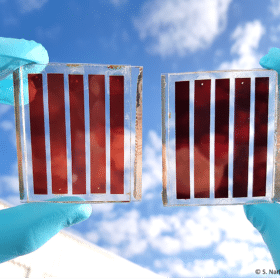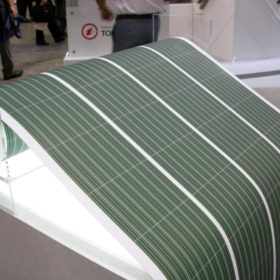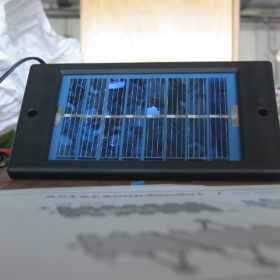Organic solar cell with 18.4% efficiency via new electrode coating
Saudi scientists built the cell’s electrode with a hole-transporting molecule called Br-2PACz and not with the commonly used PEDOT:PSS. It helped improve the photovoltaic cell efficiency by around 0.9%.
Organic solar for optical wireless data receivers
Researchers in the United Kingdom have built a 14%-efficient organic PV device that can be used in high-speed optical wireless communication systems. The cell consists of a 4×2.5mm photoactive layer fabricated with a bulk heterojunction of a polymer donor and fullerene and non-fullerene acceptors.
I’ve got solar over my skin
Researchers in Japan have built a PV-powered device to measure volumetric variations in blood circulation. The system, which is just a few microns thick, was built with an organic solar module, a polymer light-emitting diode (PLED), and an organic photodetector.
Growing lettuce in a solar-powered greenhouse
Scientists in the United States have analyzed how semitransparent organic solar cells placed on the roof of a greenhouse may impact crop production. They assessed, in particular, how solar power generation may affect lettuce crops and found that the plants not only grow unhindered but also that the solar cells reduce overheating in the greenhouse.
Organic PV module with 12.36% efficiency
Chinese researchers have taken a quaternary approach to fabricate a module with an area of 19.34 cm2, a geometrical filling factor of 95.5%, and an efficiency of 12.36%.
Herbicide may improve organic cell efficiency by up to 1.6%
Researchers in Saudi Arabia claim to have increased the efficiency of organic PV devices with diquat, a compound used in herbicide. The molecular diquat dopant increased optical absorption and the lifetime of electrical charges when light was absorbed.
Global research team sets up database for emerging PV tech
An international research team has set up a new database with crucial data on emerging technologies for perovskite, organic, and dye-sensitized solar cells. The platform also includes information on the best flexible solar cells.
Semi-transparent dye-sensitized solar module with 8.7% efficiency
The mini-panel showed a short circuit current of 58.1 mA, an open circuit voltage of 3.63 V, and a fill factor of 58.26%. It has a power output is 122.9 mW and an active area of 14 cm2.
Even if it is cheap enough, efficiency does matter
A British-German research team claims that organic PV technologies may become mature enough to compete with crystalline silicon and thin-film products not only in BIPV, but also in power generation in the electricity market. In order to get there, however, organic PV products will have to achieve higher efficiencies.
AI model for accurate prediction of organic PV efficiency
Over the last few months, Nastaran Meftahi has been spending her time in pandemic lockdown developing a machine-learning model to predict the future of next-generation organic solar cells.
